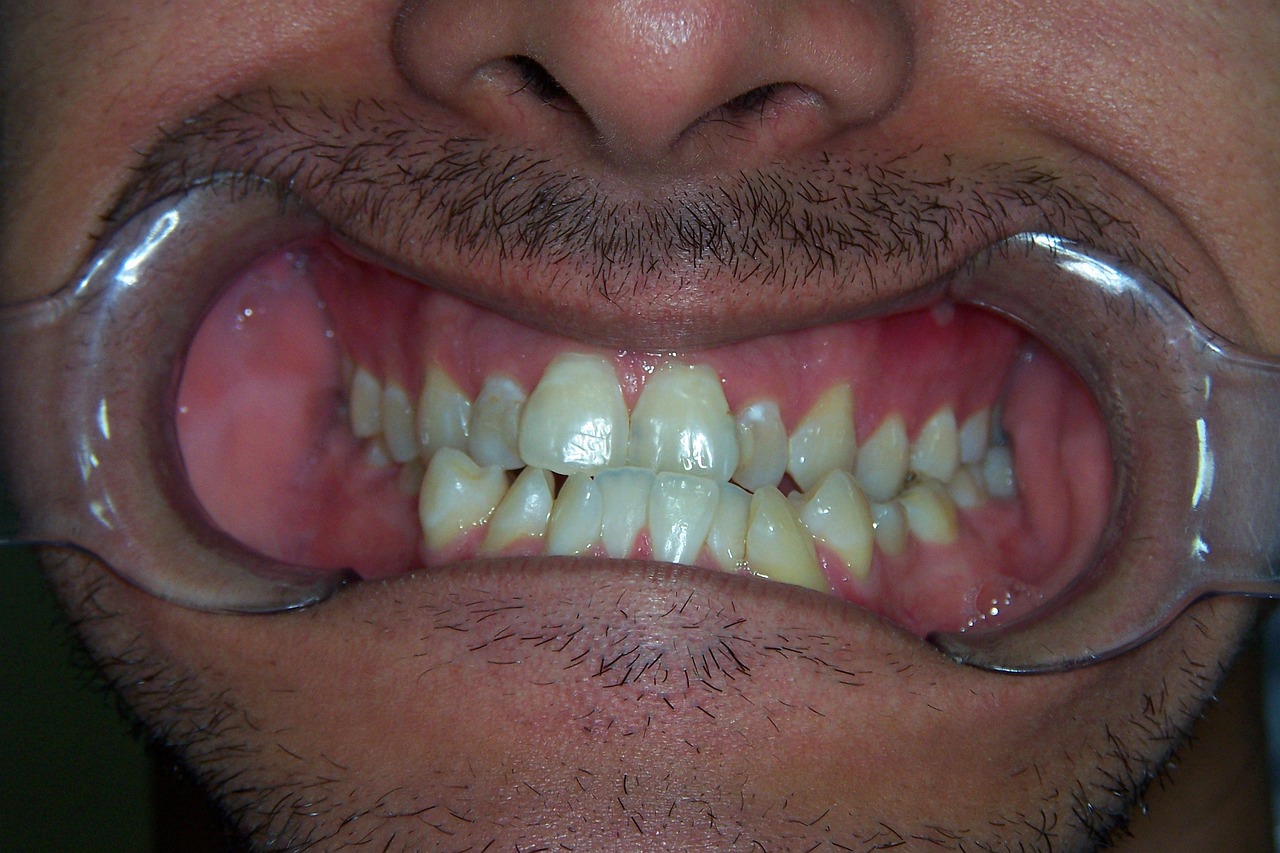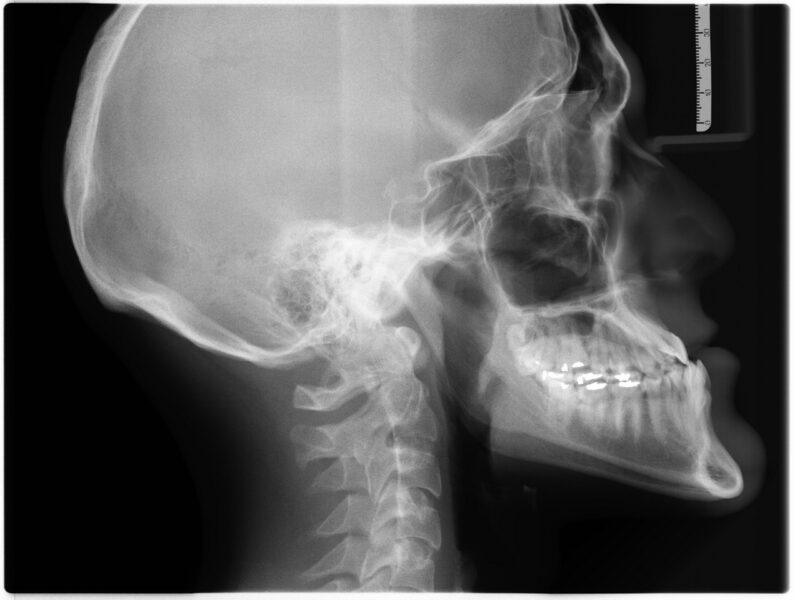What is Bruxism/ Teeth Clenching?
Bruxism is a condition characterized by grinding, gnashing, or clenching of teeth, often while sleeping, but it can also occur during waking hours. It is a common dental problem that can lead to several complications such as tooth wear, jaw pain, headaches, and even tooth loss in severe cases. Bruxism can be caused by various factors such as stress, anxiety, sleep disorders, and certain medications. It can also be related to misaligned teeth or problems with the temporomandibular joint (TMJ). Moreover brusim is a dangerous dental habit with adverse effects in teeth and TMJ also.
Causes for Bruxism/ Teeth clenching
Most common causes of bruxism:
- Stress and Anxiety: One of the most common causes of bruxism is stress and anxiety. People who are under stress tend to grind their teeth as a way to release their tension. This is especially true for people who have high-pressure jobs or who are dealing with personal problems.
- Sleep Disorders: Another common cause of bruxism is sleep disorders such as sleep apnea, snoring, or other breathing-related sleep disorders. People with these conditions tend to grind their teeth as a way to open their airways.
- Abnormal Bite or Misaligned Teeth: A misaligned bite or crooked teeth can also cause bruxism. When teeth are not properly aligned, the muscles and joints that control jaw movement may be strained, leading to clenching and grinding.
- Medications and Substances: Some medications and substances can cause bruxism. For example, certain antidepressants, such as selective serotonin reuptake inhibitors (SSRIs), can increase the risk of bruxism.
- Lifestyle Factors: Certain lifestyle factors such as smoking, drinking alcohol, and consuming caffeine can also increase the risk of bruxism.
- Neurological Conditions: Certain neurological conditions such as Parkinson’s disease and Huntington’s disease can also cause bruxism.
- Genetics: Bruxism may also have a genetic component, as it tends to run in families.
It is important to note that bruxism can be caused by a combination of these factors, and that it can vary from person to person. It is important to identify the cause of bruxism in order to properly treat it and prevent further damage to the teeth and jaw.
How to manage bruxism
Managing bruxism typically involves a multi-faceted approach that addresses the underlying causes and focuses on reducing symptoms and preventing further damage to the teeth and jaw.
Here are some common strategies for managing bruxism:
- Wearing a Mouthguard/ Nightguard or Splint: One of the most common treatments for bruxism is wearing a mouthguard or splint. These are custom-fitted dental devices that are worn over the teeth during sleep to protect them from grinding and clenching. Mouthguards and splints work by creating a barrier between the upper and lower teeth, absorbing the forces of grinding and reducing the risk of tooth wear and damage.
- Stress Management Techniques: Since stress and anxiety are common triggers for bruxism, learning and practicing stress management techniques can be helpful in managing the condition. This may include techniques such as relaxation exercises, deep breathing, meditation, or counselling to address underlying emotional issues.
- Avoiding Triggering Substances: Avoiding substances that can exacerbate bruxism, such as caffeine, alcohol, and tobacco, may help in managing the condition. These substances can increase muscle tension and trigger grinding and clenching.
- Correcting Bite or Alignment Issues: If bruxism is caused by a misaligned bite or crooked teeth, orthodontic treatments, such as braces or dental adjustments, may be recommended to correct the alignment of teeth and reduce the strain on the jaw muscles.
- Treating Underlying Sleep Disorders: If bruxism is associated with sleep disorders, such as sleep apnoea, treating the underlying sleep disorder may help in managing bruxism. This may involve using continuous positive airway pressure (CPAP) machines, oral appliances, or other treatments as prescribed by a healthcare professional.
- Jaw Muscle Relaxation Exercises: Jaw muscle relaxation exercises, such as gently massaging the jaw muscles or applying warm compresses to the jaw area, may help in relaxing the jaw muscles and reducing the urge to clench or grind.
- Behavioural Changes: Being aware of bruxism triggers and consciously avoiding clenching or grinding during the day can also be helpful. Practices such as keeping the lips closed and teeth apart during the day, avoiding chewing on non-food objects, and positioning the tongue between the teeth can help reduce the habit of grinding or clenching.
- Regular Dental Check-ups: Regular dental check-ups are important for monitoring the condition of the teeth and identifying any signs of tooth wear or damage associated with bruxism. Your dentist may recommend specific treatments, such as dental fillings or dental crowns, to repair any damage caused by bruxism.
It’s important to consult a qualified healthcare professional, such as a dentist and a physician, for an accurate diagnosis and appropriate management plan tailored to your specific needs. Bruxism treatment may vary depending on the severity of the condition and the underlying causes, and a healthcare professional can provide personalized recommendations for managing bruxism effectively.


